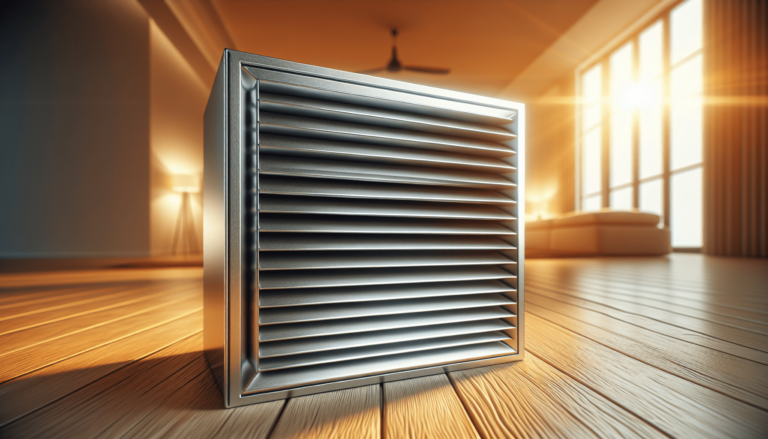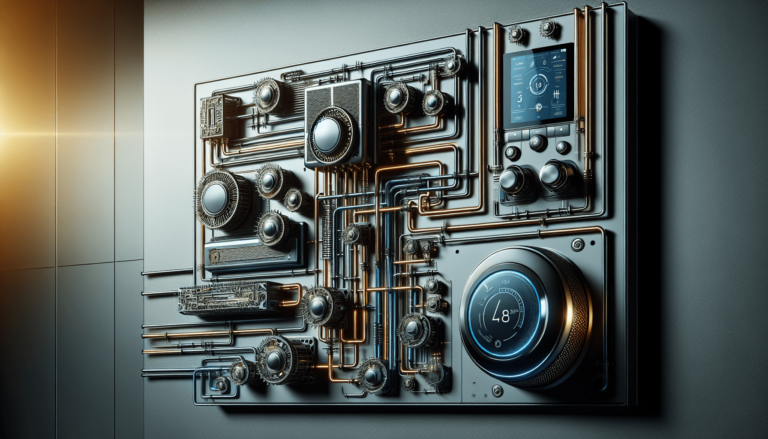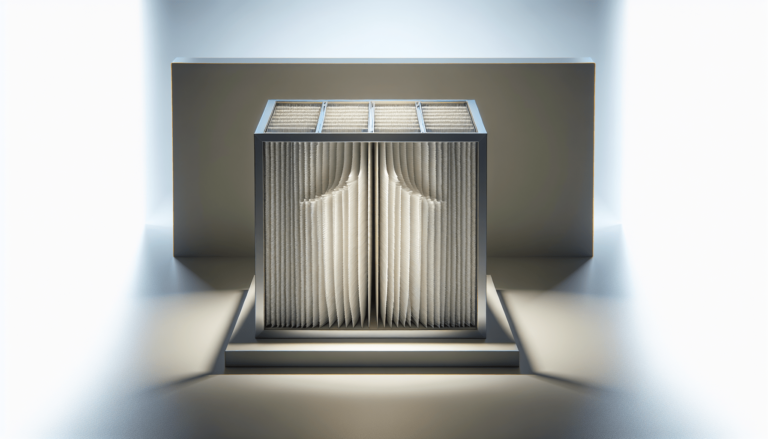

HVAC Services
Get Professional Repairs From The Area's Trusted HVAC Technicians. Ask About Our Services! We Offer Professional Heating & Cooling System Repairs And Guarantee Long-Lasting Results.
Got Question? Call us: (850) 678-2665Financing
Comparison between Central HVAC Systems and Split Systems
Looking to choose between Central HVAC Systems and Split Systems? This article compares their pros and cons to help you make an informed decision.

In this article, we will explore the key differences between Central HVAC Systems and Split Systems. Choosing the right HVAC system for your home or office can be a daunting task, but understanding the pros and cons of each option will help you make an informed decision. Whether you’re looking for efficient temperature control or cost-effectiveness, we’ve got you covered. So let’s dive into the world of HVAC systems and discover which one is the best fit for your needs.

This image is property of blog.totalhomesupply.com.
Central HVAC Systems
Definition
Central HVAC systems, also known as central heating, ventilation, and air conditioning systems, are comprehensive systems used to provide heating, cooling, and ventilation to an entire building or space. These systems consist of various components that work together to regulate and maintain the temperature and air quality of a space.
Components
A central HVAC system is made up of three main components: the air conditioner, the furnace or heat pump, and the ductwork. The air conditioner, which is typically located outside the building, cools the air and removes heat from the indoor space. The furnace or heat pump, usually located in a basement or utility closet, provides heating by either burning fuel or transferring heat from the outdoors. The ductwork distributes the conditioned air throughout the building, allowing for uniform temperature control.
Working Principle
The working principle of a central HVAC system involves the cycling of air through the various components. During the cooling process, warm air is drawn into the system through return ducts, passes through the air conditioner where it is cooled, and then delivered back into the building through supply ducts. In the heating process, cold air is drawn in, heated by the furnace or heat pump, and then distributed back into the space.
Advantages
There are several advantages to using a central HVAC system. Firstly, it provides centralized control over the temperature and air quality of an entire building, ensuring comfortable living or working conditions throughout. Secondly, central HVAC systems are often more energy efficient than individual units, as they can be set to regulate temperature based on occupancy and time of day. Lastly, these systems can provide better indoor air quality by filtering out airborne particles and pollutants.
Disadvantages
While central HVAC systems offer many benefits, there are also some drawbacks to consider. One of the main disadvantages is the initial cost of installation, which can be higher compared to individual units. Additionally, central HVAC systems require regular maintenance to ensure optimal performance and efficiency. The complexity of these systems can also make repairs more difficult and costly if issues arise.
Applications
Central HVAC systems are commonly used in residential buildings, commercial spaces, and industrial facilities. They are particularly effective in larger buildings where individual units would be impractical or inefficient. These systems can be tailored to suit different environments, such as hospitals, schools, offices, and retail spaces, providing customizable temperature and air quality control.
Cost
The cost of installing a central HVAC system can vary depending on factors such as the size of the building, the complexity of the system, and the specific requirements of the space. Generally, the cost includes the purchase and installation of the various components, as well as any necessary ductwork and electrical work. It is recommended to consult with a professional HVAC contractor to assess the specific needs and provide an accurate cost estimate.
Split Systems
Definition
Split systems, also known as ductless air conditioning systems or mini-split systems, are HVAC systems that do not require ductwork for air distribution. These systems consist of an outdoor unit, containing the compressor and condenser, and one or more indoor units, containing the evaporator and air handler.
Components
The main components of a split system include the outdoor unit, the indoor unit(s), and a conduit that connects the two. The outdoor unit houses the compressor and condenser, while the indoor unit(s) contain the evaporator coil and air handler. The conduit, which passes through a small hole in the wall, allows for the refrigerant lines, power cables, and condensate drain to be connected between the units.
Working Principle
The working principle of a split system revolves around the transfer of heat through refrigerant. The outdoor unit extracts heat from the air and transfers it to the refrigerant, which is then circulated to the indoor unit(s) via the conduit. Inside the indoor unit(s), the heat is released into the room, and the cool air is distributed through the fan or blower.
Advantages
Split systems offer several advantages compared to central HVAC systems. Firstly, since they do not require ductwork, they are easier and less expensive to install, making them a popular option for retrofitting older buildings or spaces without existing ducts. Secondly, split systems allow for zoning, enabling different areas or rooms to have independent temperature control. Additionally, these systems are more energy efficient than central HVAC systems, as there is no energy loss through ductwork.
Disadvantages
Although split systems have many benefits, they also have some limitations. One of the main disadvantages is the limitation in terms of coverage area, as a single outdoor unit can typically support a limited number of indoor units. This can make split systems less suitable for larger buildings or spaces that require extensive cooling or heating. Additionally, split systems may not provide the same level of air distribution as central HVAC systems, as the conditioned air is delivered from a single or limited number of indoor units.
Applications
Split systems are commonly used in residential buildings, small commercial spaces, and individual rooms or areas within a building. They are ideal for providing targeted heating and cooling in spaces where the installation of ductwork is not feasible or practical. Split systems are often used in apartments, single-family homes, offices, server rooms, and hotel rooms, allowing for customizable temperature control in each area.
Cost
The cost of installing a split system can vary depending on factors such as the number of indoor units, the capacity of the outdoor unit, and the complexity of the installation. Generally, the cost includes the purchase and installation of the outdoor and indoor units, as well as the necessary refrigerant lines, power cables, and condensate drain. It is recommended to consult with a professional HVAC contractor to assess the specific needs and provide an accurate cost estimate.
In conclusion, both central HVAC systems and split systems have their own advantages and disadvantages. Central HVAC systems are suitable for larger buildings and provide centralized control over temperature and air quality. On the other hand, split systems are more flexible, easier to install, and allow for zoning. The choice between the two depends on factors such as the size of the space, the desired level of control, and the budget. Consulting with a professional HVAC contractor is crucial to determine the most suitable system for specific needs.

This image is property of bprassets.s3.amazonaws.com.




